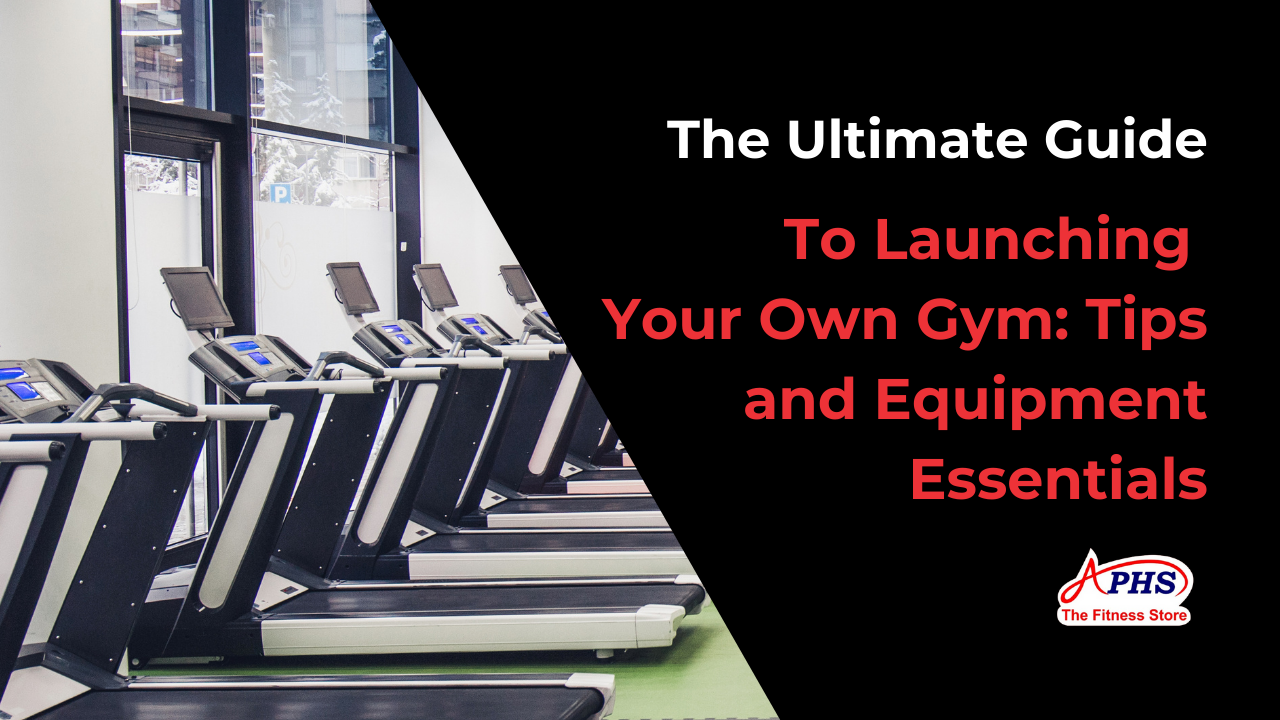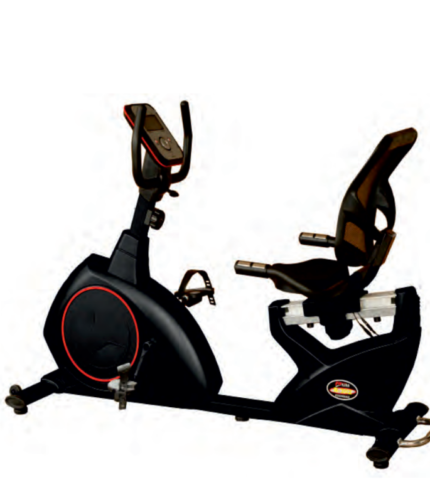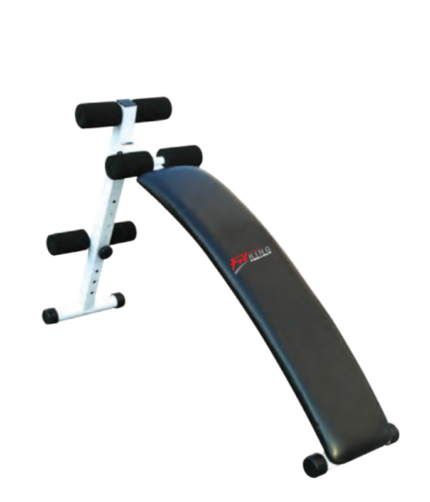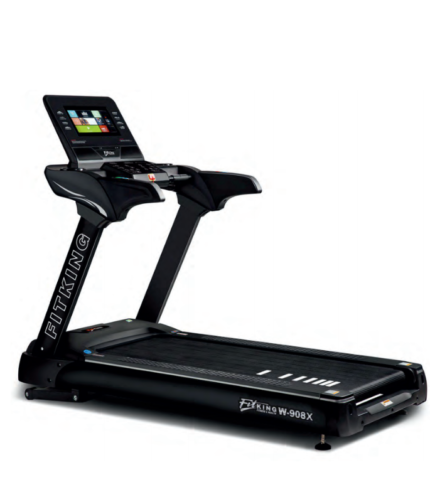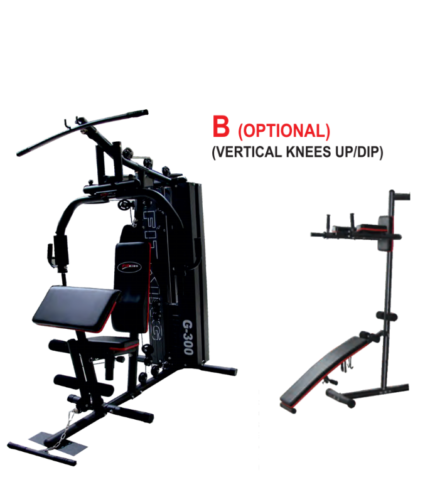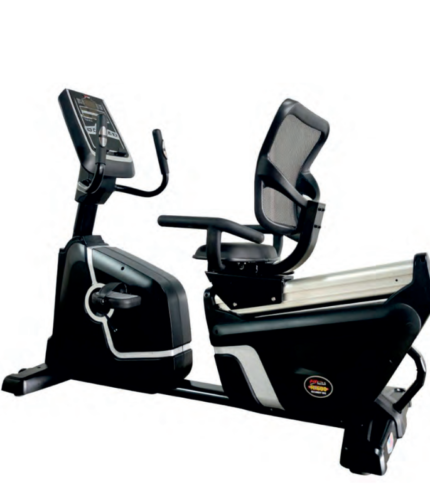Launching your own gym can be an exciting yet challenging venture. With the fitness industry evolving rapidly, understanding current trends and essential equipment is crucial for success. This guide will provide you with comprehensive tips and insights to help you navigate the process of starting your gym, ensuring you are well-prepared to meet the needs of your future members.
Understanding the Market
Before diving into the specifics of equipment and setup, it’s essential to understand the fitness market landscape. The fitness industry has seen significant growth, particularly in the wake of the COVID-19 pandemic, which shifted many people’s workout habits towards home and hybrid models. As a result, gym owners must adapt to new consumer preferences that prioritize convenience, technology, and personalized experiences.
Key Market Trends
- Home and Hybrid Workouts: The rise of remote work has led many individuals to seek flexible workout options that can be performed at home or in a gym setting. This trend highlights the need for versatile equipment that caters to both environments.
- Technology Integration: Smart equipment that tracks performance and offers personalized feedback is becoming increasingly popular. Gym-goers are looking for devices that enhance their workout experience through connectivity and data analysis.
- Sustainability: Eco-friendly fitness solutions are gaining traction as consumers become more environmentally conscious. Gym owners should consider sustainable practices in their equipment choices and overall business operations.
- Functional Training: There’s a growing interest in functional training that mimics everyday activities, promoting overall strength and mobility. Equipment that supports this type of training is essential for attracting a broad clientele.
Steps to Launch Your Gym
Step 1: Develop a Business Plan
A well-thought-out business plan is critical for any new venture. Your plan should include:
- Market Analysis: Research your local market to identify potential competitors, target demographics, and pricing strategies.
- Budgeting: Outline your startup costs, including equipment, leasing space, marketing, and staffing.
- Marketing Strategy: Develop a plan to attract members through social media, local advertising, and partnerships with health professionals.
Step 2: Choose the Right Location
The location of your gym can significantly impact its success. Consider factors such as:
- Accessibility: Ensure your gym is easily reachable by public transport and has ample parking.
- Visibility: A location with high foot traffic can help attract walk-in customers.
- Space Requirements: Evaluate how much space you need based on the types of classes and equipment you plan to offer.
Step 3: Select Essential Equipment
Choosing the right equipment is crucial for creating an effective workout environment. Here are some essential categories to consider:
1. Cardio Equipment
Investing in quality cardio machines is vital as they are often the first choice for gym-goers. Popular options include:
- Treadmills
- Stationary bikes
- Rowing machines
- Ellipticals
2. Strength Training Equipment
Functional strength training is trending, so consider versatile options such as:
- Free weights (dumbbells and kettlebells)
- Resistance bands
- Cable machines
- Multi-functional rigs
3. Smart Equipment
With technology playing a significant role in fitness trends, incorporating smart equipment can enhance user experience:
- Smart treadmills with interactive displays
- AI-powered strength training machines that adjust resistance based on performance
- Wearable technology that tracks workouts and provides real-time feedback
4. Recovery Tools
As recovery becomes an integral part of fitness routines, offering recovery tools can set your gym apart:
- Foam rollers
- Massage guns
- Stretching equipment
- High-tech recovery systems
Step 4: Create a Welcoming Environment
The atmosphere of your gym can greatly influence member retention. Focus on:
- Cleanliness: Ensure all equipment is regularly cleaned and maintained.
- Ambiance: Use appropriate lighting and music to create an inviting atmosphere.
- Community Building: Foster a sense of community through group classes and events.
Step 5: Marketing Your Gym
Once your gym is ready to launch, effective marketing strategies will be key to attracting members:
- Social Media Presence: Utilize platforms like Instagram and Facebook to showcase your facilities, classes, and success stories.
- Promotional Offers: Consider offering introductory discounts or free trials to entice new members.
- Partnerships: Collaborate with local businesses or health professionals to reach a broader audience.
Current Trends in Fitness Equipment
As you prepare to launch your gym, staying updated on current trends in fitness equipment will help you make informed purchasing decisions:
- Smart Workout Equipment: Devices equipped with digital tracking capabilities allow users to monitor their progress effectively. This trend caters to tech-savvy consumers who appreciate data-driven insights into their workouts12.
- Eco-Friendly Options: Sustainability is increasingly important in consumer choices. Look for manufacturers who prioritize eco-friendly materials and energy-efficient designs34.
- Compact Solutions: With many people opting for home workouts, compact equipment that can be easily stored or adapted for smaller spaces is gaining popularity5. This trend aligns with the rise of multifunctional gear that maximizes workout versatility while minimizing space requirements.
- Virtual Reality (VR) Integration: VR technology is transforming how workouts are experienced by providing immersive environments that enhance motivation3. Consider offering VR classes or equipment that incorporates this technology.
- Functional Training Accessories: Items like resistance bands, suspension trainers, and agility tools are becoming staples in gyms as they cater to diverse workout styles26. These accessories enhance functional training experiences while allowing users to engage different muscle groups effectively.
Conclusion
Launching your own gym requires careful planning, investment in quality equipment, and an understanding of current market trends. By focusing on creating a welcoming environment equipped with the latest technology and sustainable practices, you will be well-positioned to meet the needs of today’s fitness enthusiasts.
Remember that success in the fitness industry goes beyond just providing equipment; it’s about building a community where members feel supported in achieving their health goals. With dedication and strategic planning, you can create a thriving gym that stands out in a competitive market.
As you embark on this journey, keep these tips in mind to ensure your venture is not only successful but also fulfilling for both you and your future members!


